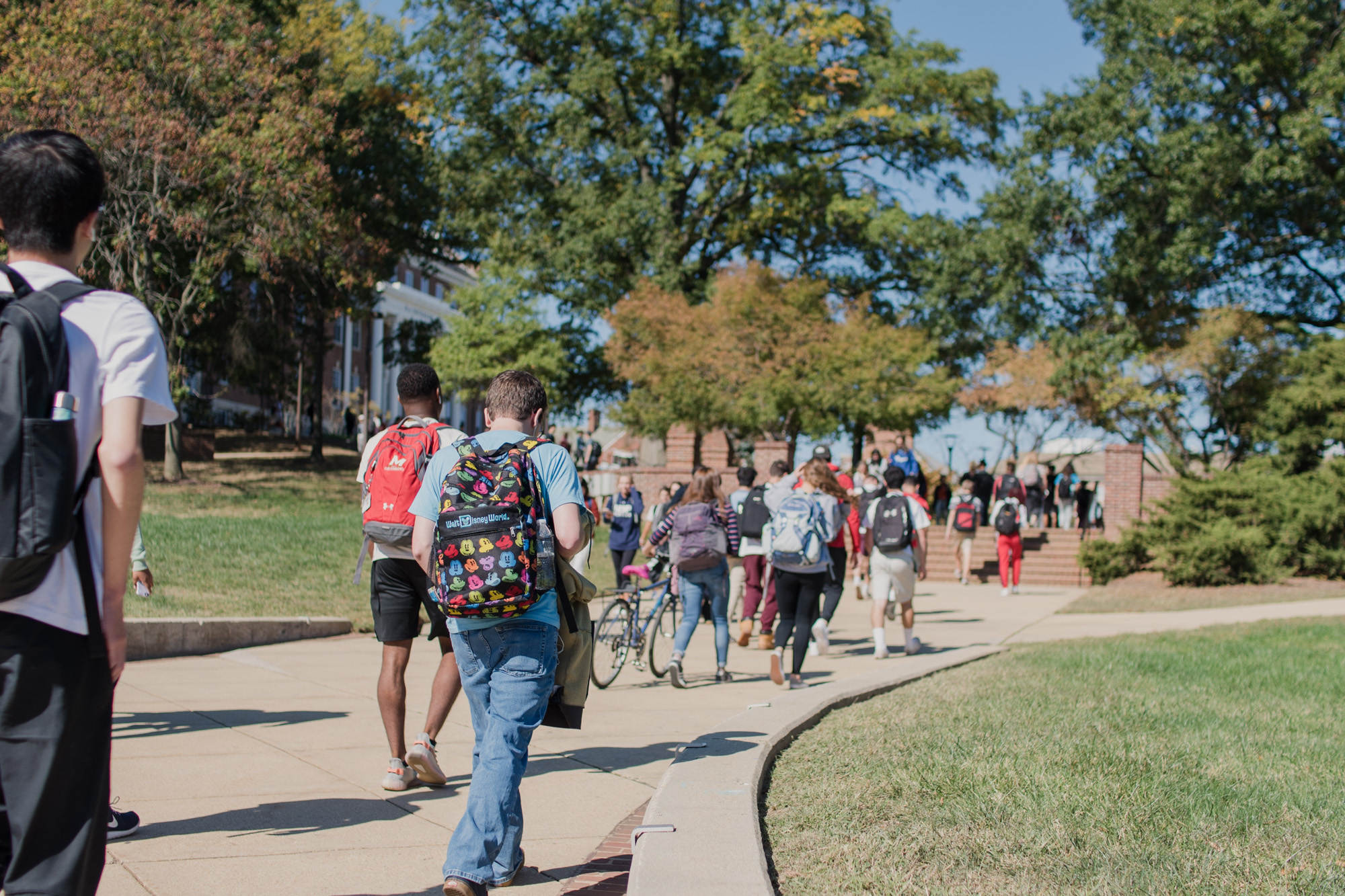Views expressed in opinion columns are the author’s own.
College students’ academic lives have been upended by the coronavirus, but prospective students may face an even more daunting task: choosing their college in the middle of a pandemic. For admitted students across the nation, college decisions have become exponentially more difficult.
It’s hard to find fault with the University of Maryland on this one. It was undeniably obvious — and remains true — that in-person tours needed to be canceled. So far, the university has transitioned to virtual tours and has offered some online resources, providing students with at least some information.
However, if you consider some input from prospective students, it’s clear that these measures fall short of creating an immersive experience. Despite the best efforts of this university, it has neglected the most important part of any tour: human interaction.
Think back to when you first visited this university as a prospective student. You were likely led around the campus by a tour guide who was surprisingly adept at walking backward. Along the way, they probably pointed out specific landmarks and enticed the group with some Maryland trivia. But more importantly, you were probably unconsciously focusing on the mundane conversations and interactions happening between the students on the campus.
To get a better image, try to envision yourself at a completely deserted university. Even if you still had the option of an in-person tour, it’s clear that something would be off. That’s because the student body is an essential part of the school environment. Just by taking a cursory glance at your surroundings, you can generally glean the campus vibe from looking at how students interact and move about.
While it’s difficult to completely replicate this part of the experience, as current students at this university, we still have the ability to interact with admitted students. For example, as an ambassador for the computer, mathematical, and natural sciences college and a member of the Integrated Life Sciences program, I’ve received requests to submit brief videos of myself welcoming prospective students. This is an extremely simple but effective way to directly connect with potential students.
Typically, these clips ran about 45 seconds. I would introduce myself and then either answer a specific question or provide general information about this university. These clips only took about 10 minutes to produce — and that’s accounting for frequent verbal gaffes and unnecessary time spent adjusting the lighting.
But these opportunities don’t have to be program- or college-specific, and they don’t need to follow a predetermined set of guidelines. Ideally, we could have a centralized platform that would allow and encourage current students to submit short videos, pictures or any form of media welcoming admitted students. Obviously, this platform should be moderated, but I believe this would be a good opportunity to not only show our solidarity during this crisis but to provide prospective students with a personalized look at this university.
From the seniors who are intimately familiar with our campus and its traditions, to the freshmen who may still be struggling to adjust to their new lives, we all have knowledge and perspectives we could share with admitted students. If you consider how large the undergraduate student body at this university is, even if a small minority of us contributed, we would have a sizable number of contributions. During such a tumultuous time, this would help prospective students make the best decision about where they’ll spend the next four years of their lives.
Kevin Hu is a sophomore physiology and neurobiology major. He can be reached at kevxhu@gmail.com.



